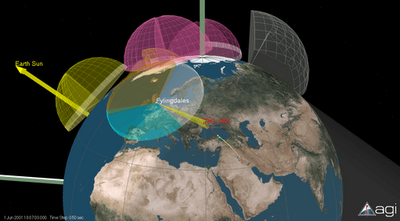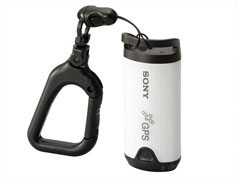AAG Virtual Globes Session Details
4510 Virtual Globes: GIS for the Masses?
is scheduled on Friday, 4/20/07, from 4:00 PM - 5:40 PM
Room: Franciscan A, SF Hilton
Sponsorship(s):
Cartography Specialty Group
Geographic Information Science and Systems Specialty Group
Organizer(s):
Josh Bader - UCSB Geography
J. Alan Glennon - UCSB Geography
Chair(s):
Josh Bader - UCSB Geography
4:00 PM Defining a Digital Earth System
Author(s): *Karl Grossner - UC Santa Barbara
Michael F. Goodchild - UC Santa Barbara
Keith C. Clarke - UC Santa Barbara
4:20 PM Discussant: Gregory A. Elmes - West Virginia University
4:40 PM Sharing Project Data Using Google Earth: Doing GIS Without Learning GIS
Author(s): *Meg Stewart - Vassar College
Mary Ann Cunningham - Vassar College
Kirsten Menking - Vassar College
Ken Bolton - Vassar College
5:00 PM A New Cartographic Research Agenda for Virtual Globes
Author(s): *Ming-Hsiang (Ming) Tsou - San Diego State University
5:20 PM Discussant: Michael F. Goodchild - University of California - Santa Barbara






